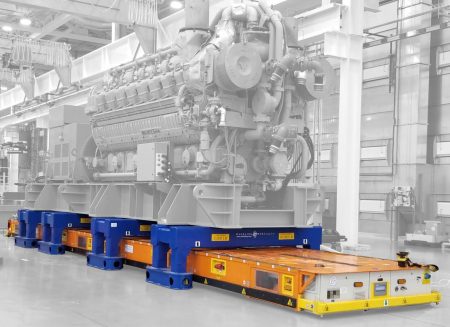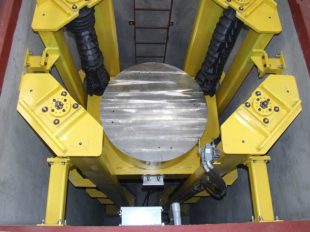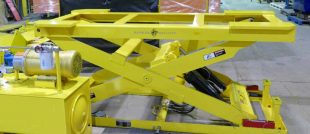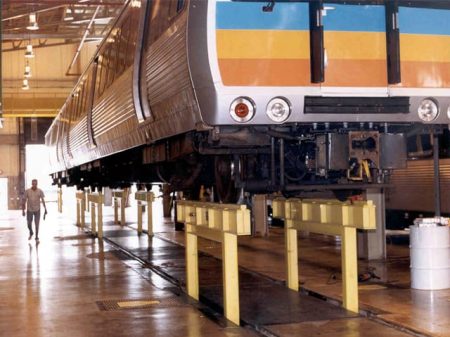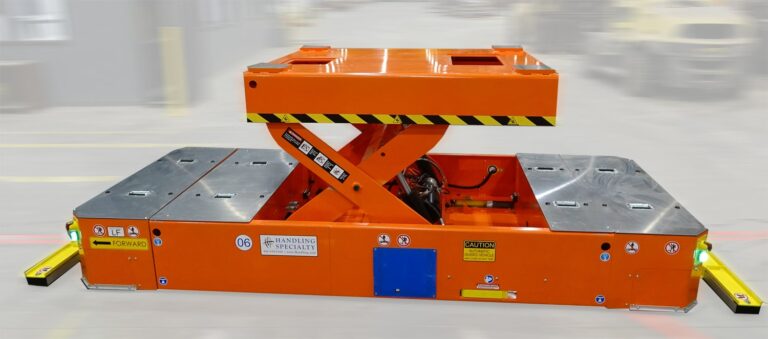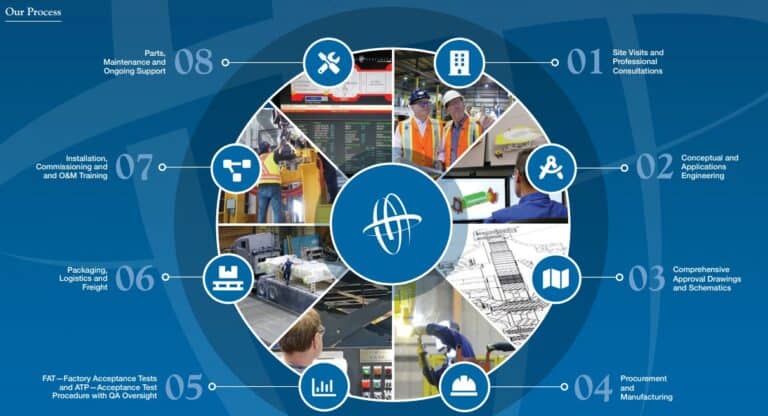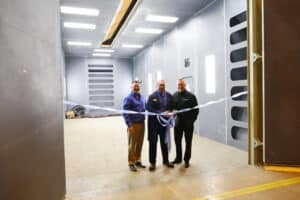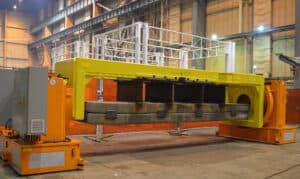If you’ve heard of automatic guided vehicles, then you’ve likely heard of autonomous mobile robots. Defining the AGV for your market means understanding the differences between the AGV and the AMR.
AGVs have existed since the 1950s as carts tethered to a rail within a facility to move products through an assembly line in an industrial environment. Performing simple processes, these originators of the current definition of an AGV have witnessed incredible advancements in the technologies of automatic guided vehicles over the last ten years.
AGV Technologies
Navigation technologies alone have freed the AGV from their embedded track and given them the opportunity to evolve with a manufacturing or assembly facility’s floor plan. No longer trapped to a permanent rail, AGVs now include laser scanners, magnetic tape and cameras to follow a set path on the factory floor. This path, unlike its predecessor, can be easily moved without the costs of pulling up concrete flooring and removing rails. Rather, pulling up the tape and repositioning it on the shop floor is all that is required now.
This and the obvious advantages of custom building the shape, size, load capacity and additional tooling on an AGV, long battery life and IIoT monitoring give the new AGV its clear advantage over an AMR in the industrial world.
AMR vs AGV
The AMR is a smaller, less robust order picker for the e-commerce and warehousing industries. These autonomous mobile robots would have a difficult time within the assembly and manufacturing industries where heavy-duty work is performed over multiple cycles per day. The AMR would crumble under the extreme conditions an AGV endures consistently.
Safety and performance are naturally built into both the AGV and AMR to ensure employees, products and the machines themselves are not damaged. Efficiency is the name of the game, and so these smart machines are designed to do their repetitive work without downtime. This could mean adding additional units to your factory or warehouse floor to allow for charging.
Intelligent AGVs have proven their worth time and again in assembly and manufacturing case studies. A company that can offer turnkey solutions for your material handling needs is an essential piece of the puzzle when considering or redesigning your assembly line floor.
AMRs are not designed to offer the kind of performance an AGV is. Custom AGVs are built to withstand the punishing environments of the factory floor and the extreme weight and intense cycles they will be put through.
Enquire today about your new or existing project where automation in the assembly line is being considered. Handling Specialty has designed/built AGVs for multiple heavy industries such as automotive, aerospace, advanced manufacturing, power generation, iron & steel and rail & transportation.
Discover the wealth of knowledge and experience a company like Handling Specialty can offer when considering automation on your factory floor.

